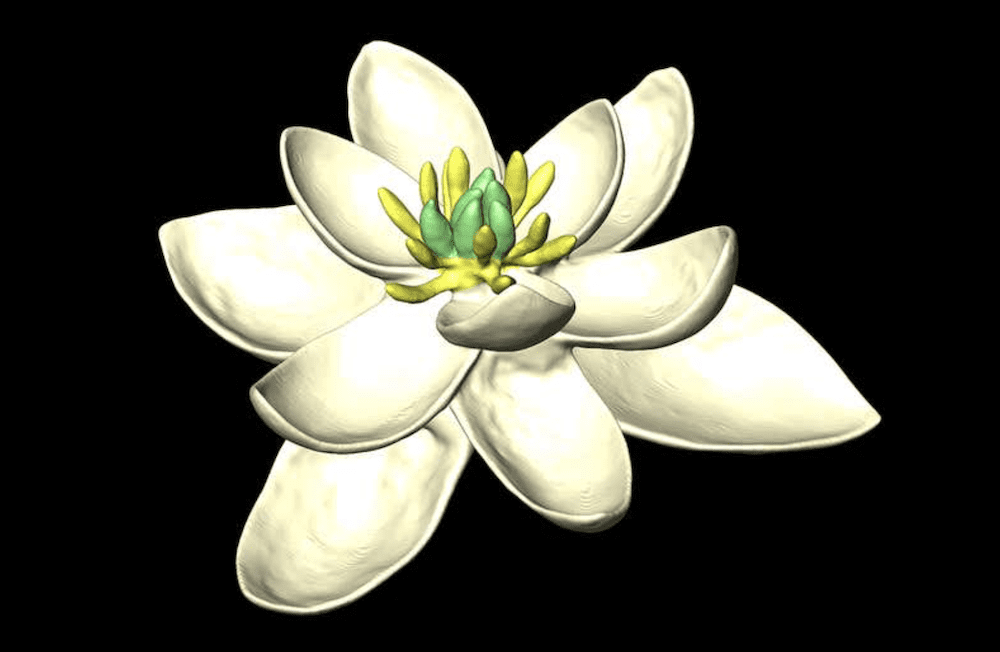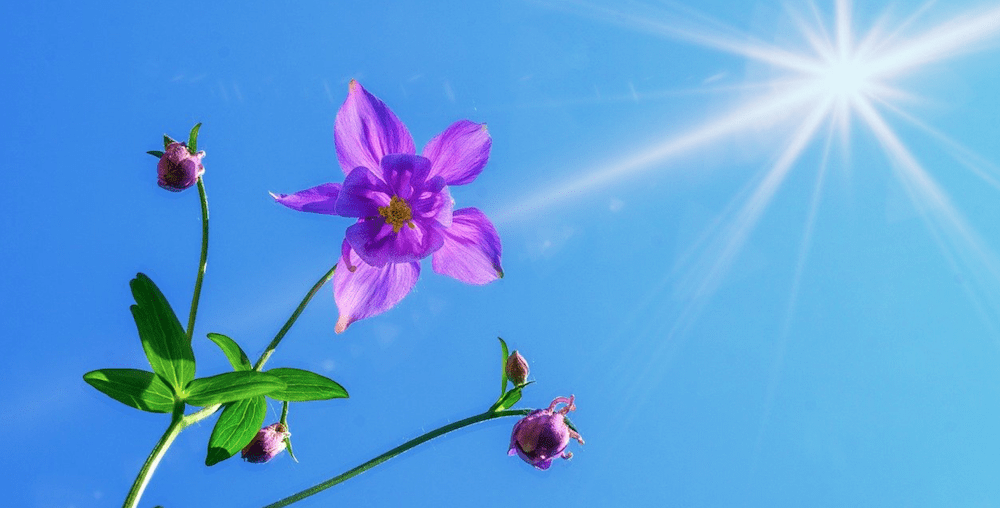New Scientist Report Says Flowers are 250 Million Years Old
By Jill Brooke

When you look at a gorgeous garden, do you ever wonder why flowering plants became so diverse and how long have flowers been blooming?
Turns out a report in New Scientist reveals that flowers may have existed over “250 million years ago, more than 100 million years earlier than the oldest fossilized flowers so far found.”
Those of us fascinated by the beauty and magic of flowers have believed a flower emerged 135 million years old, and then quickly diversified 130 million years ago.
Does this matter? Perhaps not. In fact, while Daniele Silvestro at the University of Fribourg, Switzerland, and his team made the announcement, after analyzing more than 15,000 fossils from around 200 different flowering families to create their timeline. Think about how much work and passion went into this research. However, Patrick Herendeen at the Chicago Botanic Gardens was skeptical saying that one needs more fossil data.
I say we need more flowers everywhere in the world and let them debate.

What they do agree on is that this is what scientists believe the first flower looked like. A toss-up between a lily and a magnolia.
To unravel what the very first flower was like, a 36-strong team led by Hervé Sauquet of the University of Paris-South, France, spent six years analyzing the anatomical evidence of nearly every type of flowering plant to identify their most ancestral traits.
As James O’Donaghue wrote, studying the evolutionary roots is tricky because the delicacy of flowers means they rarely became fossilized. The oldest discovery was a 130-million-year-old aquatic plant Montsechia vidalii unearthed in Spain in 2015.
As New Scientist reported, flowering plants – known as angiosperms – are the most diverse group of land plants. In fact, the abundant diversification of flowers that happily. propagated all over lands far and near after their emergence has perplexed researchers for centuries including Charles Darwin. It’s as though flowers have a divine mission to spread and provide beauty.
However, evolution has reduced the many petal-like tepals of the first flower. O’Donaghue noted that “reducing their number allowed later flowers to develop a dazzling array of specialized shapes and sizes and consequently diversify along with their animal pollinators into the enormous range of ecosystems they occupy today.”
There are now over 300,000 living flowering plants.
What makes this compelling I think is that there are always challenges in life but flowers seem to exist to bring solace and bliss – and have been doing so since the beginning of time.

Photo Credit: Mark P. Witton/Science Photo Library, Hervé Sauquet & Jürg Schönenberger, Seasons of the Hudson
